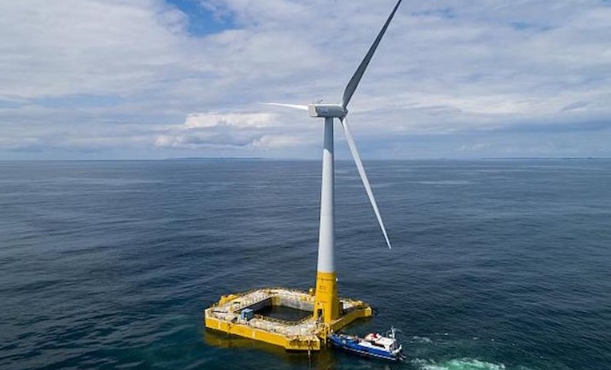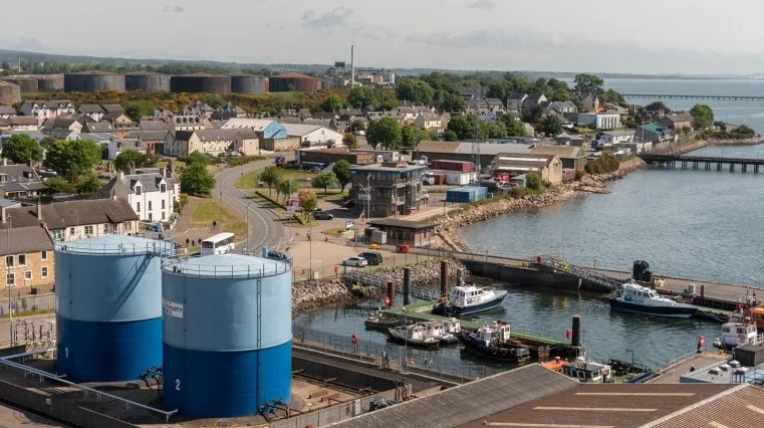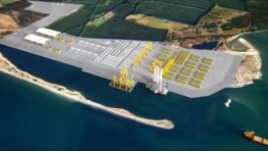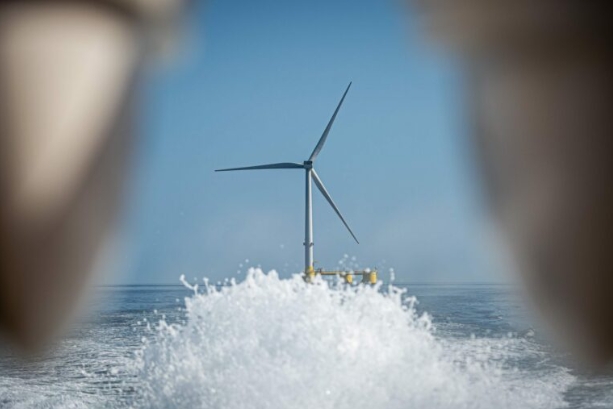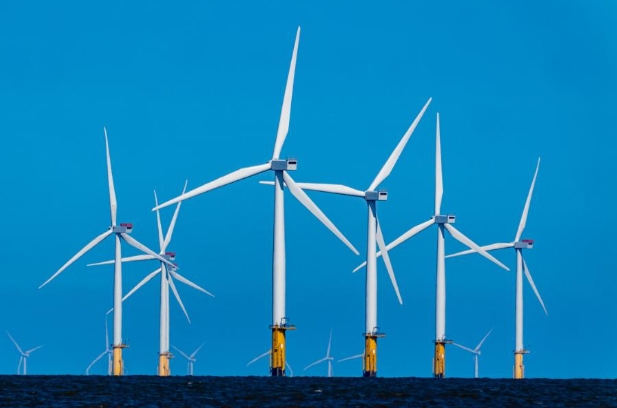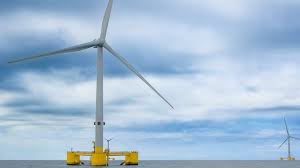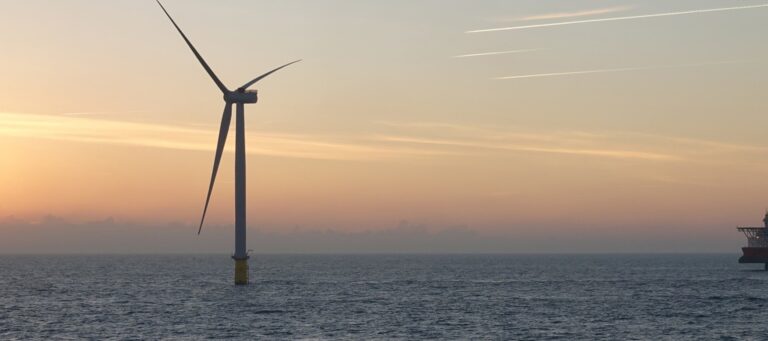
In regards to spatial considerations, the Crown Estate has adopted its approach to focus on delivering up to 4 GW of initial floating wind capacity in four project sites located in two of the shortlisted search areas published in October 2022.
When it comes to its plans for the auction process, the Crown Estate said that the developers will be required to set out a number of commitments as part of the tender process, including how they intend to reflect the important role of ports in the assembly and deployment of turbines.
In particular, integration ports are expected to play a key role when it comes to the manufacture and storage of the numerous components required to deploy floating offshore wind, such as foundation assembly, cabling, and placing the turbines on top of the floating foundations.
New aspects of the tender design will also require developers to set out more detail on how they plan to create lasting social and environmental value, with the introduction of questions linked to the UK Government’s social value model (SVM) focused on education, inclusion, environment, and communities.
With the goal of increasing transparency, the Crown Estate said it will change the auction design and will adopt a ‘rising clock’ auction with pricing movements published during the different rounds, allowing greater transparency for developers over whether other parties are still bidding for certain locations.
Final confirmation of the design of the tender and Project Development Areas is expected over the summer, ahead of the formal launch of the tender later this year.
Meanwhile, the Crown Estate continues its efforts to further accelerate and de-risk the deployment of floating offshore wind in the Celtic Sea, including a multi-million-pound series of technical and environmental surveys.
